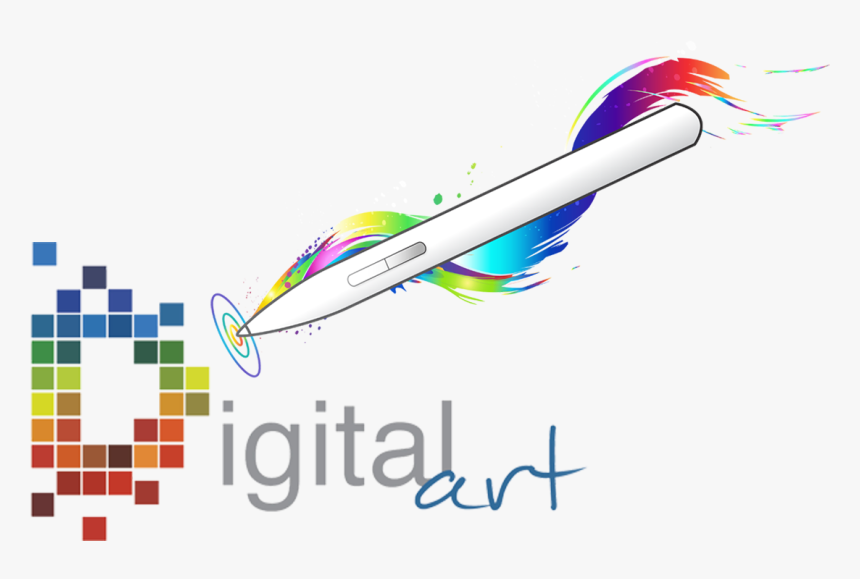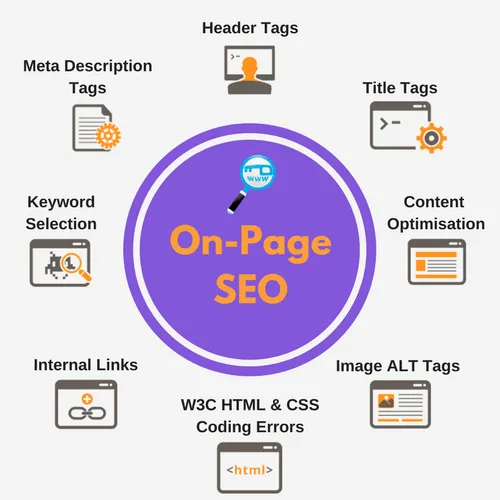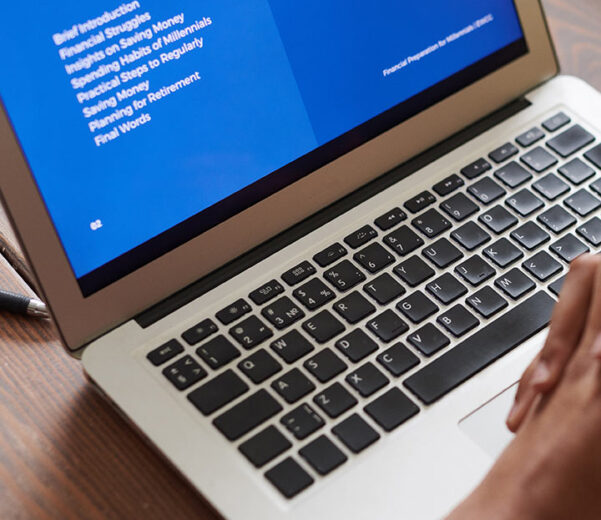Unleashing Creativity: The Artistic Wonders of Digital Art
In a world where creativity and technology converge, digital art stands as a testament to the limitless possibilities of human imagination. It’s a realm where traditional artistic mediums meet cutting-edge digital tools, and the result is a canvas of infinite potential. In this blog, we embark on a journey into the fascinating world of digital art, exploring its evolution, techniques, and the unique qualities that set it apart from traditional art forms.

The Evolution of Digital Art
Digital art, often referred to as new media art, is a relatively young art form compared to centuries-old practices like painting and sculpture. Its roots can be traced back to the mid-20th century when artists began experimenting with computer graphics and early digital technologies.
One of the pioneers in digital art was Harold Cohen, who created a program called AARON to generate art autonomously. This marked the beginning of a new era where technology played a central role in artistic creation.
The true revolution came with the advent of personal computers and graphic design software in the 1980s and 1990s. Artists could now create, manipulate, and manipulate images with unprecedented ease and precision. The transition from physical to digital tools allowed for greater experimentation and artistic exploration.
The Tools of the Trade Digital Artists
Digital artists wield a wide range of digital tools and software to bring their visions to life. Some of the most commonly used tools include:
Graphic Design Software
Programs like Adobe Photoshop and Illustrator are essential for creating and manipulating digital images.
Digital Drawing Tablets
These specialized tablets allow artists to draw directly onto a screen, providing a natural and intuitive way to create digital artwork.
3D Modeling Software
Artists use software like Blender and Maya to create three-dimensional digital sculptures and animations.
Vector Graphics Editors
Programs like Adobe Illustrator are ideal for creating scalable, high-quality vector graphics.
Digital Painting Software
Applications such as Corel Painter and Procreate replicate the experience of traditional painting with a wide range of digital brushes and textures.
Animation Software
Tools like Adobe Animate and Toon Boom Harmony enable the creation of animated sequences and films.
Virtual Reality (VR) and Augmented Reality (AR) Tools: These emerging technologies are expanding the boundaries of digital art, allowing artists to create immersive experiences.
Read More About The Art of Print Design: Creating Visual Masterpieces
Techniques and Styles of Virtual Art
The beauty of digital art lies in its versatility. Artists can explore various styles and techniques, blurring the lines between traditional and digital art. Here are some notable approaches:
Digital Painting
Artists use digital brushes and textures to create paintings that mimic traditional media, like oil, watercolor, or acrylic.
Pixel Art
This nostalgic style employs pixel-level precision, often seen in retro video games and digital illustrations.
Vector Art
Artists create clean, scalable graphics using mathematical equations to define shapes.
3D Modeling
Digital sculptors craft three-dimensional models that can be used for animations, video games, and more.
Photomanipulation
Combining and altering photographs to create surreal or hyper-realistic compositions.
Generative Art
Artists use algorithms and code to generate art, exploring randomness and automation in the creative process.
Digital Collage
Collage techniques are applied to digital media, blending various elements into a cohesive artwork.
The Boundless Creativity of Digital Art
One of the most intriguing aspects of digital art is its boundless potential for creativity and experimentation. Unlike traditional art forms, digital art allows artists to easily undo and redo actions, enabling fearless exploration. Layers, blending modes, and filters provide artists with an array of tools to manipulate and refine their work.
Furthermore, digital art is inherently collaborative. Artists from around the world can collaborate on projects, share their work instantaneously, and draw inspiration from a global community of creators. This interconnectedness has given rise to countless online galleries, forums, and social media platforms dedicated to showcasing and discussing digital art.
Challenges and Opportunities
While digital art offers a world of opportunities, it also comes with its own set of challenges. The digital realm is constantly evolving, with new software, hardware, and techniques emerging regularly. This rapid pace of change can be both exciting and overwhelming for artists.
Additionally, the digital art world raises questions about originality and ownership. The ease of copying and sharing digital files has sparked debates about copyright and intellectual property. Artists must navigate these issues while seeking recognition and compensation for their work.
Conclusion Computer art
Digital art is a testament to human creativity’s boundless nature, fueled by the marriage of technology and imagination. It has transcended its early experiments to become a thriving and influential artistic medium. As artists continue to push the boundaries of what’s possible, the world of digital art promises to remain an exciting and dynamic space, inviting us all to explore, create, and embrace the artistry of the digital age.






